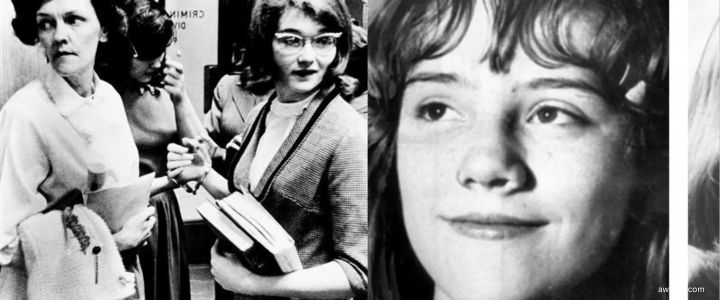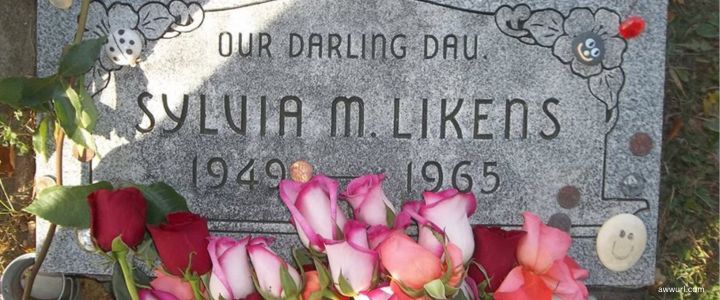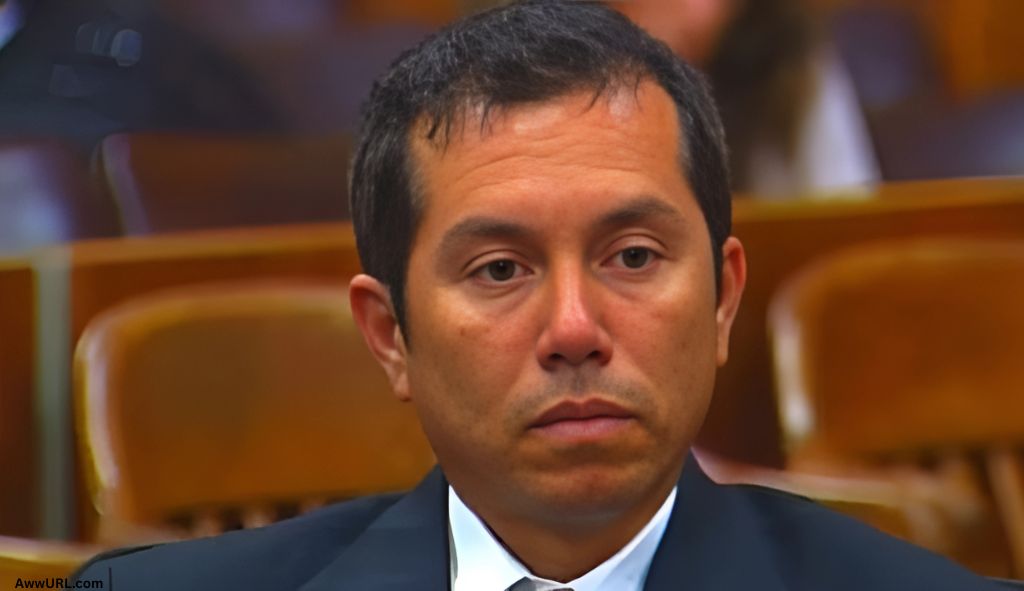
In 1965, Indianapolis was rocked by one of the most horrific crimes in American history. The torture and murder of 16-year-old Sylvia Likens sent shockwaves through the community and left a lasting impact on the city. At the center of this tragic story was the Baniszewski family, including 15-year-old Stephanie Baniszewski. This case, often referred to as the "torture mother" case, continues to haunt Indianapolis and true crime enthusiasts to this day.
Who Was Stephanie Baniszewski?
Stephanie Baniszewski was the third-oldest child of Gertrude Baniszewski, the main perpetrator in the Sylvia Likens case. Born in 1950, Stephanie was 15 years old at the time of the crime. She lived with her mother and six siblings in a small house at 3850 East New York Street in Indianapolis. The Baniszewski family was known to be poor, with Gertrude struggling to support her children through odd jobs and child support payments.
The Baniszewski Family Dynamic
Growing up in the Baniszewski household was far from ideal. Gertrude Baniszewski was described as a "haggard, underweight asthmatic" who suffered from depression and the stress of failed relationships. The family's financial struggles and Gertrude's unstable behavior created a volatile environment for the children. Stephanie, like her siblings, was exposed to her mother's erratic behavior and abusive tendencies from a young age.
The Arrival of Sylvia Likens
In July 1965, Sylvia Likens and her sister Jenny were left in the care of Gertrude Baniszewski while their parents traveled with a carnival. The Likens sisters were to stay with the Baniszewskis for several months in exchange for $20 per week. Initially, life for Sylvia and Jenny in the Baniszewski home was relatively normal. Sylvia even formed a friendship with Stephanie, often singing along to pop records together.

The Descent into Horror
However, the situation quickly deteriorated. By mid-August, Gertrude Baniszewski began focusing her abuse almost exclusively on Sylvia. The reasons for this targeted abuse are not entirely clear, but jealousy and resentment likely played a role. As the abuse escalated, Stephanie and her siblings were drawn into the horrific treatment of Sylvia Likens.
Stephanie's Role in the Crime
Stephanie Baniszewski's involvement in the abuse of Sylvia Likens is a complex and troubling aspect of the case. While she participated in some of the abuse, Stephanie's role was less severe compared to her older sister Paula or her mother Gertrude. Court records indicate that Stephanie was present during many instances of abuse but did not always actively participate.
Turning State's Evidence
In a surprising turn of events, Stephanie Baniszewski chose to testify for the prosecution during the trial. This decision set her apart from her family members and other defendants. Stephanie's testimony provided crucial information about the events that took place in the Baniszewski home. As a result of her cooperation, Stephanie was granted a separate trial and ultimately found not guilty.
The Trial and Aftermath
The trial of Gertrude Baniszewski and her co-defendants began in April 1966. It was a highly publicized event that drew national attention. The courtroom was packed with spectators and media representatives, eager to hear the details of this shocking case. Stephanie's testimony was a key element in the prosecution's case against her mother and the other defendants.
Verdicts and Sentences
After eight hours of deliberation, the jury reached their verdicts:
- Gertrude Baniszewski: Guilty of first-degree murder, sentenced to life in prison
- Paula Baniszewski: Guilty of second-degree murder, sentenced to life in prison (later reduced)
- Richard Hobbs, Coy Hubbard, and John Baniszewski Jr.: Guilty of manslaughter, sentenced to 2-21 years
- Stephanie Baniszewski: Found not guilty in a separate trial
Life After the Trial for Stephanie Baniszewski
Following her acquittal, Stephanie Baniszewski faced the challenging task of rebuilding her life. Unlike her mother and older sister, Stephanie was given a second chance. However, the trauma of her experiences and the stigma associated with the case undoubtedly had a lasting impact on her life. Public records and media reports provide little information about Stephanie's life after the trial, suggesting she may have chosen to live a private life away from the public eye.
The Impact of Trauma
Growing up in an abusive household and witnessing the torture of Sylvia Likens would have had profound psychological effects on Stephanie. Mental health experts suggest that children exposed to such extreme violence and abuse often struggle with post-traumatic stress disorder, depression, and anxiety later in life. While Stephanie's specific experiences are not publicly known, it's likely that she faced significant challenges in overcoming her traumatic past.
The Lasting Impact of the Sylvia Likens Case
The murder of Sylvia Likens remains one of the most notorious crimes in Indiana history. It has been the subject of numerous books, documentaries, and even feature films. The case continues to fascinate and horrify people more than five decades later, raising questions about the nature of evil, the bystander effect, and the failures of social services to protect vulnerable children.
Legacy in Indianapolis
In Indianapolis, the memory of Sylvia Likens lives on. A memorial for Sylvia was erected in Willard Park, near the site of the former Baniszewski home. The plaque reads, "This memorial is in memory of a young child who died a tragic death. As a result, laws changed and awareness increased. This is a commitment to our children that this will never happen again." The case has become a somber part of Indianapolis history, serving as a reminder of the importance of child protection and community vigilance.
Lessons Learned and Social Change
The Sylvia Likens case sparked important discussions about child abuse and neglect. It highlighted the need for better reporting systems and more robust child protection services. In the years following the case, Indiana and other states implemented new laws and procedures to help prevent similar tragedies. These changes include mandatory reporting requirements for suspected child abuse and improved training for social workers and law enforcement officers.
The Role of Community Awareness
One of the most disturbing aspects of the Sylvia Likens case was the fact that many neighbors and community members were aware that something was wrong but failed to intervene. This tragic failure of community responsibility led to increased emphasis on the importance of reporting suspected abuse. Today, public awareness campaigns and education programs stress that child protection is everyone's responsibility, not just that of official agencies.

Frequently Asked Questions
What happened to Stephanie Baniszewski after the trial?
There is limited public information about Stephanie Baniszewski's life after the trial. She was acquitted of all charges and likely attempted to live a private life away from the public eye. Unlike her mother and older sister, Stephanie was not imprisoned and had the opportunity to rebuild her life.
How old was Stephanie Baniszewski at the time of the crime?
Stephanie Baniszewski was 15 years old when the crimes against Sylvia Likens took place in 1965. She was one of the younger members of the Baniszewski family involved in the case.
Why did Stephanie Baniszewski testify against her family?
The exact reasons for Stephanie's decision to testify for the prosecution are not entirely clear. It's possible that she felt remorse for her role in the abuse or wanted to distance herself from her family's actions. Her testimony was crucial in securing convictions against the other defendants.
Has Stephanie Baniszewski ever spoken publicly about the case?
There are no known public statements or interviews given by Stephanie Baniszewski about the Sylvia Likens case. It appears she has chosen to maintain her privacy in the years following the trial.
Conclusion: A Tragic Chapter in American Crime History
The story of Stephanie Baniszewski and the Sylvia Likens case remains a haunting reminder of the depths of human cruelty and the importance of protecting vulnerable members of society. While Stephanie's role in the crime was less severe than some of her family members, her involvement and subsequent testimony shed light on the complex dynamics of abuse and family loyalty. The case continues to serve as a cautionary tale and a catalyst for ongoing efforts to prevent child abuse and neglect.
As we reflect on this tragic chapter in American crime history, we must remember Sylvia Likens and the countless other victims of child abuse. Their stories remind us of the importance of community vigilance, strong social support systems, and the courage to speak out against injustice. The legacy of the Sylvia Likens case, and the role played by individuals like Stephanie Baniszewski, continues to shape our understanding of crime, punishment, and the long-lasting impact of childhood trauma.


.jpg)